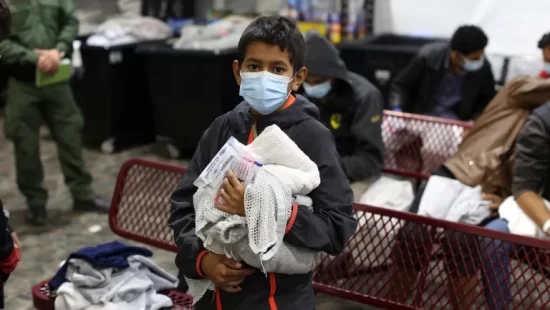Amid a nationwide youth mental health crisis, mental health providers are trying to improve their understanding of which children are at risk for suicide or self-harm so providers can intervene earlier.
Many risk-prediction models that are designed to identify children who have a future risk are based on incomplete data, which limits their accuracy. Now, a study by UCLA Health researchers reveals that the typical ways health systems store and track data on children receiving emergency care miss a sizable portion of those who are having self-injurious thoughts or behaviors.
The researchers tested several machine learning models that they had designed and found that they were significantly better at identifying children at risk for self-harm.
“Our ability to anticipate which children may have suicidal thoughts or behaviors in the future is not great,” said Dr. Juliet Edgcomb, the study’s lead author and the associate director of the UCLA Mental Health Informatics and Data Science Hub, or MINDS. “A key reason is our field jumped to prediction rather than pausing to figure out if we are actually systematically detecting everyone who is coming in for suicide-related care. We sought to understand if we can first get better at detection.”
The US v. Zuckenberg: How Meta Affects Children’s Mental Health








